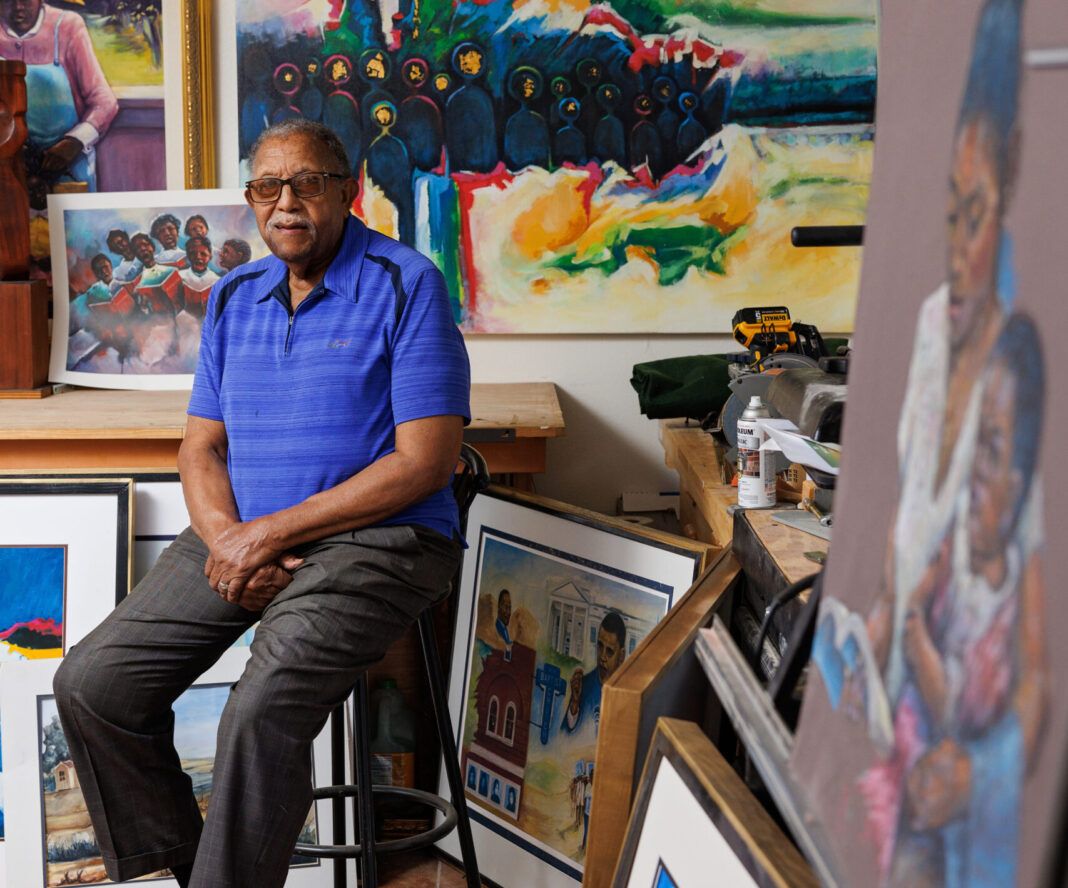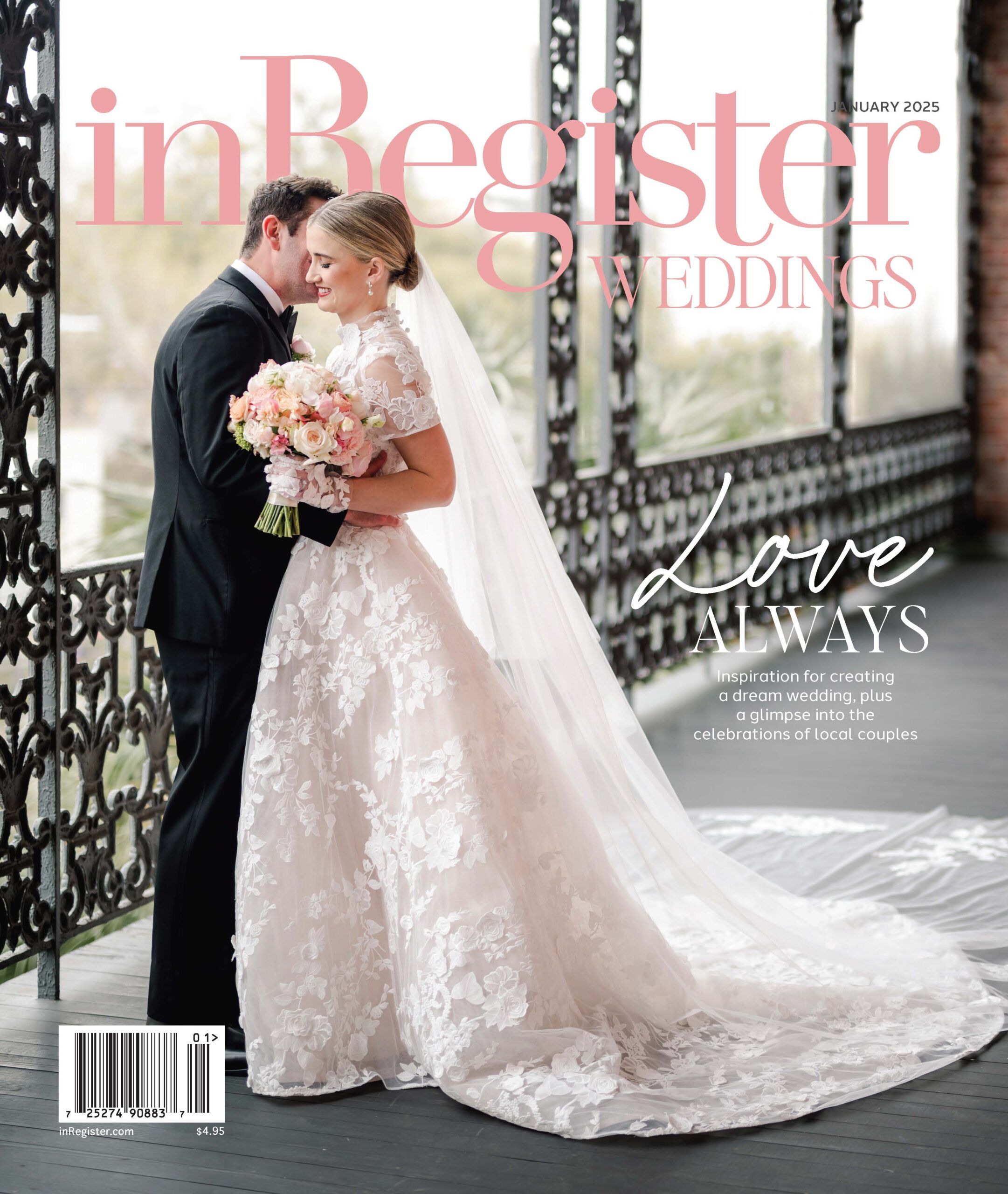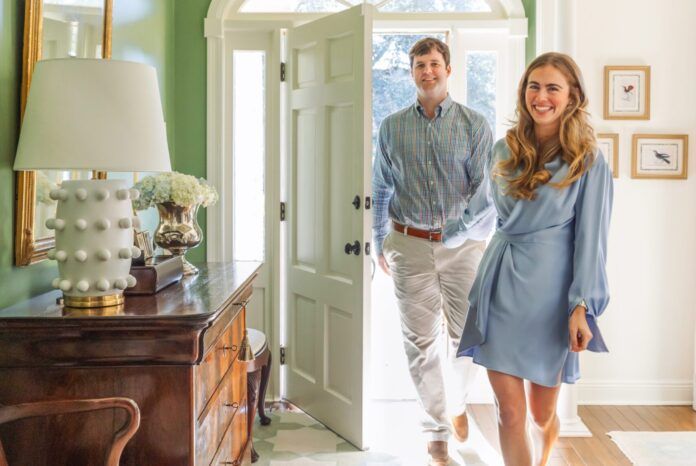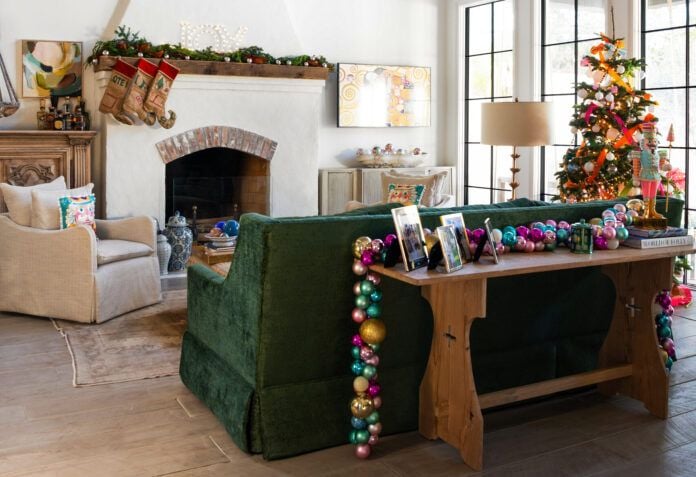
Sculpting History: Artist Edward Barnes shapes a lasting legacy through art and teaching
‘I’m the best art teacher you’ll ever have,” Edward Barnes told the room full of students on his first day at Glen Oaks High School in the fall of 1967. It was a bold assertion, but so was his decision to accept the job at an all-white school. While desegregation began in the 1963-64 school year, it was not until 1970 that the desegregation of East Baton Rouge schools began in earnest following a federal court order.
During the same period, Barnes enrolled at LSU to earn a Master of Fine Arts degree with a concentration in sculpture. Despite warnings from mentors about a prejudiced department head, he applied with his signature quiet determination. That professor was his toughest critic, awarding Barnes the only B in his schooling career—a fact he is most proud of, having kept his transcripts for decades to serve as proof. He recalls a defining moment in class when the professor dismissed his sculpture as inadequate. Frustrated, Barnes made a bold modification, chiseling off the entire right arm of the bust. “The professor came back around and said, ‘That’s good,’” he recalls. “He was teaching me the way I then taught my students: You have to take a chance.”

In 1972, Barnes became the first Black American to earn both a Master of Art and a Master of Fine Arts degree from LSU. Over his 30-year teaching career, he shaped the artistic journeys of students across East Baton Rouge Parish and served as the director of art programs at Baton Rouge Magnet High.
Outside the classroom, he worked tirelessly on commissioned sculptures and paintings, with plenty of parents requesting private lessons for their children. Friends, family and colleagues wondered why he had accepted the job at Glen Oaks when so many other artistic opportunities awaited him. “I was dedicated to teaching,” he says.
Born in Lakeland, where his father labored as a sharecropper, Barnes aged out of the one-room school held at a nearby church in fifth grade. He notes that, growing up, he was friends with Michael Gaines, the brother of renowned author Ernest J. Gaines and finds many parallels between their life stories. Recognizing the importance of education, his parents moved the family—Barnes and his two sisters—to Baton Rouge, where he could attend middle and high school. Early and often, his grandfather, a preacher, and his father, a mechanic and brick contractor, instilled in him a deep respect for learning. “I was 10 years old when my grandfather died, but he would spend time showing me how to draw mules and little cats,” Barnes recalls. “I mean, he was really talented. And he was a good preacher, too.”
Barnes held tightly to the lessons he had learned from his parents and grandparents. As a calling from above often does, teaching felt as natural as breathing for him.
Soon after retiring from the classroom, he opened Beauregard Gallery and began teaching Sunday school at Greater King David Baptist Church, where he still attends and teaches. Today, Barnes is a celebrated artist and sculptor whose abstract and contemporary works, both in painting and sculpture, leave a lasting impression. They reveal his intellectual viewpoints on social conditions and deep religious convictions.
For decades, he has inspired students, museumgoers, colleagues, family and friends to see art as “an expression of the human spirit.” Through his work, he has captured beauty, preserved history and created a legacy as timeless as the sculptures he treasures.












